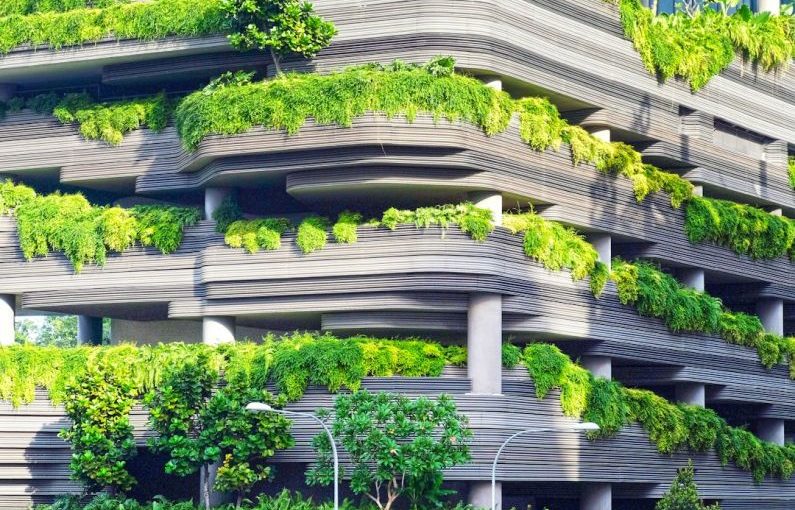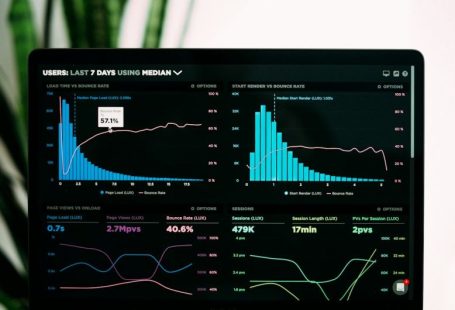In the ever-evolving landscape of real estate and construction, sustainable buildings have emerged as the frontrunners in the market. With a growing awareness of environmental issues and a shift towards sustainable practices, more and more developers, architects, and investors are prioritizing eco-friendly construction methods and materials. This shift towards sustainability is not just a trend but a fundamental change in the way buildings are designed and built. Let’s delve into the reasons why sustainable buildings are leading the market.
Sustainable Buildings: A Shift Towards Eco-Friendly Construction
The increasing concern for the environment and the need to combat climate change has propelled sustainable buildings to the forefront of the real estate market. These buildings are designed to minimize their environmental impact throughout their lifecycle, from construction to operation and eventual demolition. Sustainable buildings prioritize energy efficiency, water conservation, use of renewable materials, and overall reduced carbon footprint.
Cost-Effectiveness and Long-Term Savings
Contrary to popular belief, sustainable buildings are not only beneficial for the environment but also for the bottom line. While the initial costs of building a sustainable structure may be slightly higher than traditional buildings, the long-term savings far outweigh the upfront investment. Energy-efficient systems, such as solar panels, LED lighting, and smart thermostats, reduce utility bills significantly over time. Additionally, sustainable buildings tend to have higher property values and are more attractive to tenants, leading to increased rental income and higher resale values.
Health and Well-being of Occupants
Another driving factor behind the rise of sustainable buildings is the focus on the health and well-being of occupants. Green buildings are designed to provide a healthier indoor environment by improving air quality, reducing exposure to toxic materials, and incorporating natural light and ventilation. Studies have shown that occupants of sustainable buildings report higher levels of satisfaction, productivity, and overall well-being compared to those in traditional buildings. This emphasis on occupant health has become a key selling point for developers and landlords looking to attract tenants who prioritize their well-being.
Regulatory and Government Incentives
Government regulations and incentives play a significant role in promoting sustainable buildings. Many countries have implemented green building codes and standards that require new construction projects to meet certain sustainability criteria. In addition, governments offer tax incentives, grants, and rebates to developers and building owners who incorporate sustainable practices into their projects. These incentives not only encourage environmentally friendly construction but also help offset some of the initial costs associated with building green.
Corporate Social Responsibility
In a world where corporate social responsibility (CSR) is becoming increasingly important, sustainable buildings have become a way for companies to demonstrate their commitment to environmental stewardship. Many corporations are incorporating sustainability goals into their business strategies, including the construction and operation of their office buildings and facilities. By investing in sustainable buildings, companies can reduce their carbon footprint, improve their brand image, and attract environmentally conscious customers and employees.
Resilience to Climate Change
As the impacts of climate change become more pronounced, the resilience of buildings to extreme weather events is a growing concern. Sustainable buildings are designed to be more resilient to climate change by incorporating features such as flood-resistant design, green roofs, and passive heating and cooling systems. These buildings are better equipped to withstand natural disasters and disruptions, making them a more attractive investment for property owners and developers in the face of a changing climate.
Embracing the Future of Real Estate
In conclusion, sustainable buildings are leading the market due to their cost-effectiveness, focus on occupant health, government incentives, corporate social responsibility, and resilience to climate change. As the demand for environmentally friendly buildings continues to grow, developers and investors who embrace sustainable practices will be at the forefront of the real estate industry. Sustainable buildings are not just a passing trend but a fundamental shift towards a more sustainable and resilient built environment.





